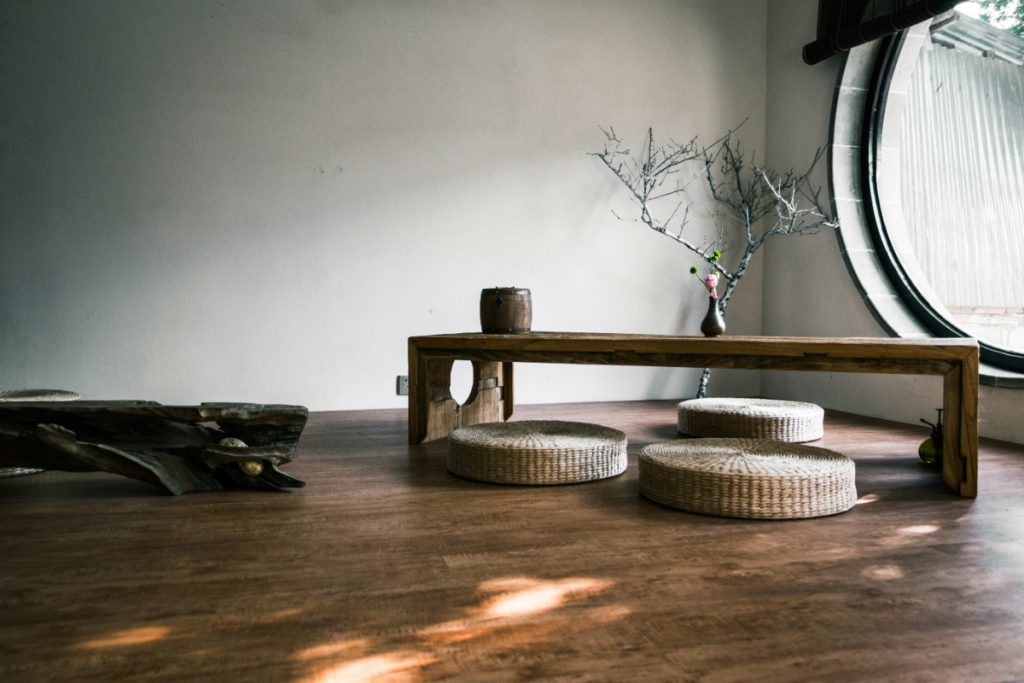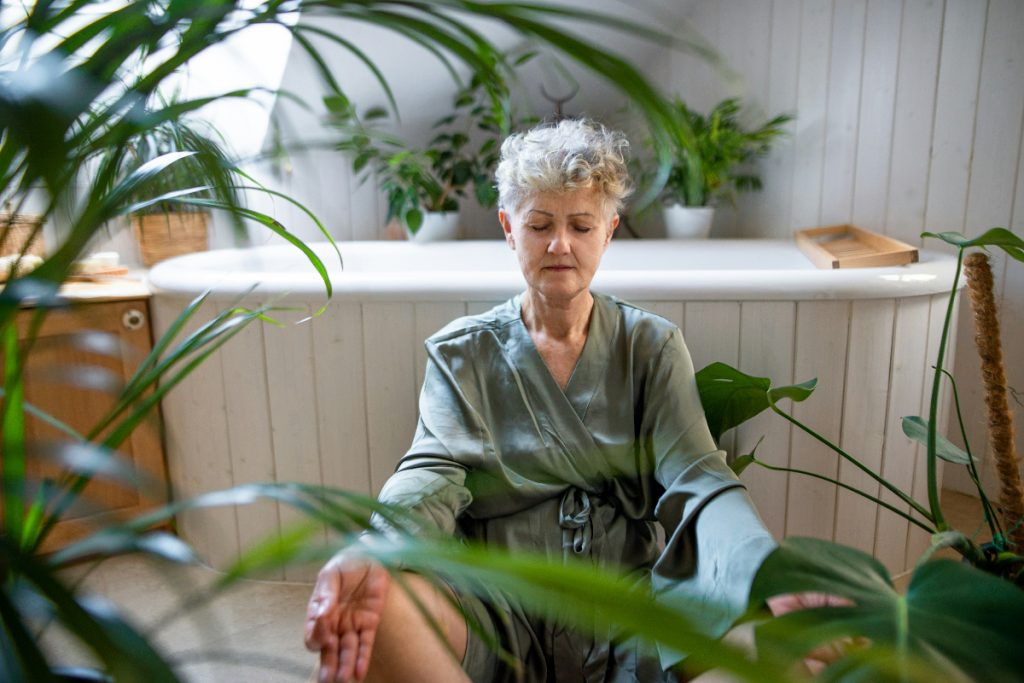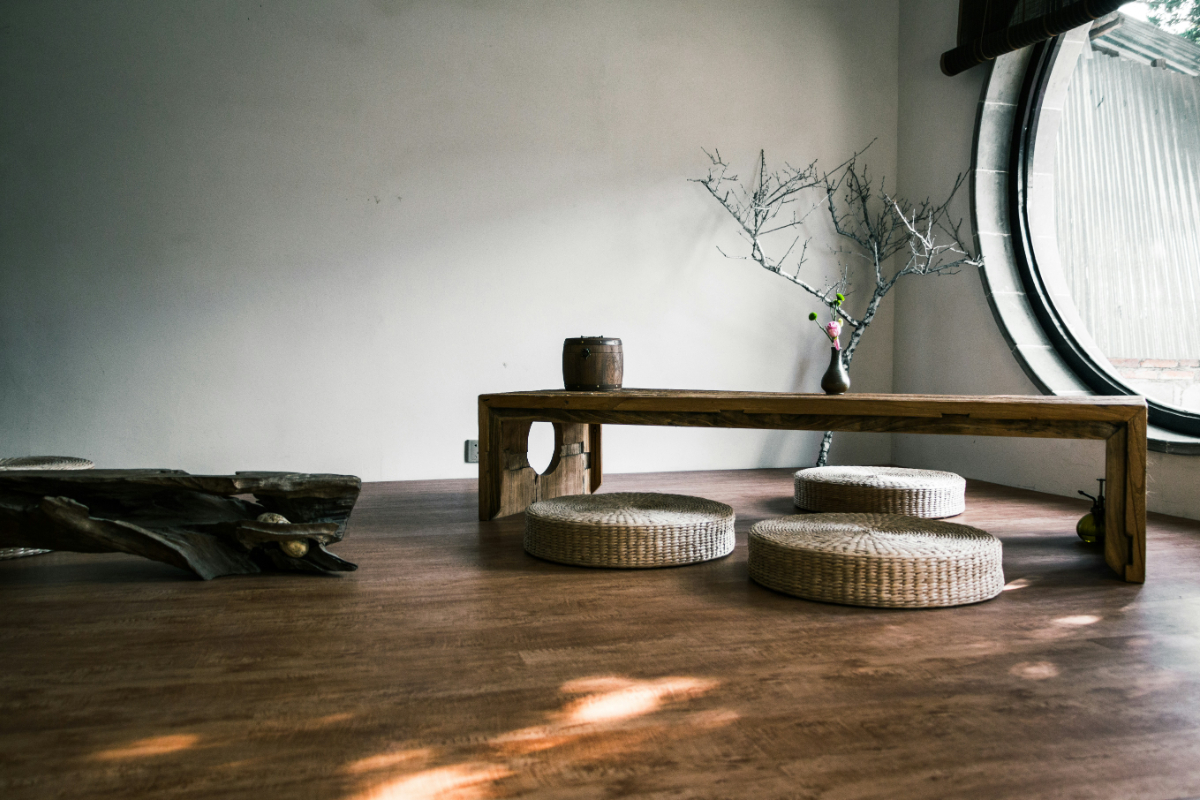Mindful Space Design: Creating a Calming Environment for Your Home or Office
Are you feeling stressed out and overwhelmed in your home or workplace? If so, it may be time to consider mindful space design. Mindful space design is a method of creating environments that promote relaxation, focus, and overall well-being. By incorporating mindfulness principles into your space, you can reduce stress and anxiety, improve your mood, and increase productivity.
One of the key principles of mindful space design is simplicity. By decluttering your space and removing unnecessary items, you can create a more calming and peaceful environment. This can be achieved by choosing furniture and decor that serve a purpose and bring you joy, rather than simply filling up space. Additionally, incorporating natural elements such as plants and natural light can help to create a more serene atmosphere.
Another important aspect of mindful space design is creating designated areas for relaxation and mindfulness practices. This can be as simple as setting up a comfortable chair in a quiet corner for meditation or yoga, or as elaborate as creating a separate room for these activities. By having a designated space for relaxation, you can more easily disconnect from the stresses of daily life and focus on your mental and physical well-being.

Fundamentals of Mindful Space Design
Understanding Mindfulness
Mindfulness is the practice of being present and fully engaged in the current moment. It is a state of mind that allows you to focus on the task at hand, without being distracted by external factors. Mindfulness has been shown to have numerous benefits, including reduced stress, improved cognitive function, and increased creativity.
When it comes to space design, mindfulness can be used to create an environment that promotes relaxation, focus, and productivity. By designing spaces that are free from distractions and clutter, you can help individuals achieve a state of mindfulness that will enhance their overall well-being.
Principles of Mindful Design
The principles of mindful design are centered around creating spaces that promote relaxation, focus, and productivity. These principles include:
- Simplicity: Keep things simple and uncluttered. Use minimalistic designs and neutral colors to create a calming environment.
- Functionality: Ensure that the space is functional and meets the needs of the individuals who will be using it. Consider the purpose of the space and design it accordingly.
- Natural Light: Incorporate natural light into the space as much as possible. This will help to create a bright and welcoming environment that promotes productivity and positivity.
- Nature: Bring nature into the space through the use of plants, natural materials, and other organic elements. This will help to create a calming and peaceful environment that promotes relaxation.
- Flexibility: Design the space with flexibility in mind. Allow individuals to customize the space to meet their needs and preferences. This will help to create a sense of ownership and promote a feeling of comfort and well-being.
By incorporating these principles into your space design, you can create a mindful environment that promotes relaxation, focus, and productivity.
Creating a Mindful Atmosphere
When designing a mindful space, it is important to consider the atmosphere you want to create. The atmosphere of a space can greatly impact your mood and mindset. Here are a few key elements to consider when creating a mindful atmosphere:
Color Psychology
Color can have a powerful effect on our emotions and mindset. When choosing colors for your mindful space, consider the feelings and emotions you want to evoke. For example, blue is known for its calming properties, while green is associated with balance and harmony. Using a neutral color palette can also create a sense of calm and balance in a space.
Natural Elements
Incorporating natural elements into your space can help create a connection with nature and promote a sense of calm. Consider adding plants, natural textures, and materials such as wood or stone. These elements can also help improve air quality and reduce stress.
Lighting and Acoustics
Lighting and acoustics can greatly impact the mood and atmosphere of a space. Consider using natural light whenever possible, as it can help regulate your circadian rhythm and improve your overall mood. Additionally, incorporating sound-absorbing materials such as curtains or carpets can help reduce noise and create a more peaceful environment.
By incorporating these key elements into your mindful space, you can create an atmosphere that promotes relaxation, balance, and overall well-being.
Mindful Space in Different Environments
Creating a mindful space is important in various environments, such as residential spaces, workplaces, and public and community areas. By designing spaces that promote mindfulness, you can improve your overall well-being and productivity. Here are some tips for creating a mindful space in different environments.

Residential Spaces
Your home is where you spend a significant amount of time, so it’s important to make it a mindful space. Start by decluttering your home and getting rid of unnecessary items. This will help you create a more organized and calming environment. You can also incorporate natural elements, such as plants, into your home to promote a sense of tranquility. Additionally, consider using soft lighting and calming colors to create a soothing atmosphere.
Workplaces
Creating a mindful space in your workplace can help reduce stress and increase productivity. Start by organizing your work area and getting rid of any unnecessary items. You can also incorporate natural elements, such as plants, into your workspace to promote a sense of calm. Additionally, consider using ergonomic furniture and soft lighting to create a comfortable and relaxing atmosphere.
Public and Community Areas
Designing public and community areas with mindfulness in mind can help promote a sense of well-being among visitors. Start by incorporating natural elements, such as plants and water features, into the space. Additionally, consider using calming colors and lighting to create a soothing atmosphere. You can also include seating areas that encourage relaxation and socialization. By creating a mindful space in public and community areas, you can help promote a sense of calm and well-being among visitors.
Challenges and Considerations
When designing a mindful space, there are several challenges and considerations to keep in mind to ensure that the space is functional, aesthetically pleasing, and sustainable. Here are a few key factors to consider:
Balancing Aesthetics and Functionality
One of the most significant challenges in mindful space design is balancing aesthetics with functionality. While it’s essential to create a space that looks beautiful and calming, it’s equally important to ensure that the space is practical and functional. This means that you need to consider the layout of the space, the placement of furniture, and the flow of traffic. You also need to consider the materials used in the space, as well as the lighting and color scheme.
Incorporating Technology Mindfully
Another challenge in mindful space design is incorporating technology mindfully. While technology can be useful in creating a calming and relaxing environment, it can also be distracting and overwhelming. When incorporating technology into a mindful space, it’s essential to consider the impact it will have on the overall feel of the space. For example, you may want to consider using technology to create ambient noise or to control the lighting in the space. However, you should also be mindful of the amount of technology you use and how it is integrated into the space.
Sustainability and Mindful Materials
Finally, sustainability and mindful materials are critical considerations in mindful space design. When creating a mindful space, it’s essential to consider the impact the space will have on the environment. This means using sustainable materials, such as bamboo or reclaimed wood, and minimizing waste. You should also consider the impact of the materials you use on the people who will be using the space. For example, you may want to avoid using materials that are known to off-gas harmful chemicals or that may trigger allergies or sensitivities.
In conclusion, designing a mindful space requires careful consideration of several factors, including balancing aesthetics and functionality, incorporating technology mindfully, and using sustainable and mindful materials. By keeping these challenges and considerations in mind, you can create a space that is both beautiful and functional, while also promoting mindfulness and well-being.






